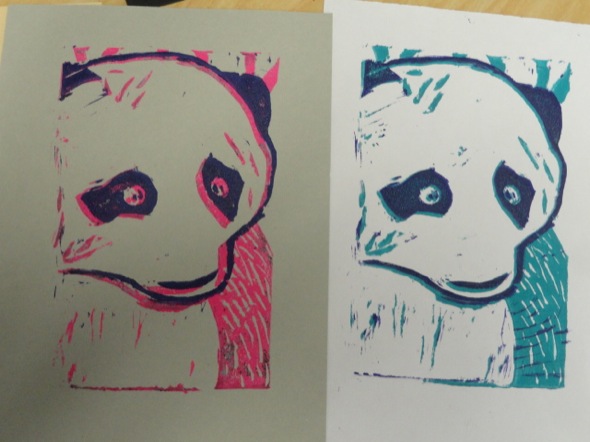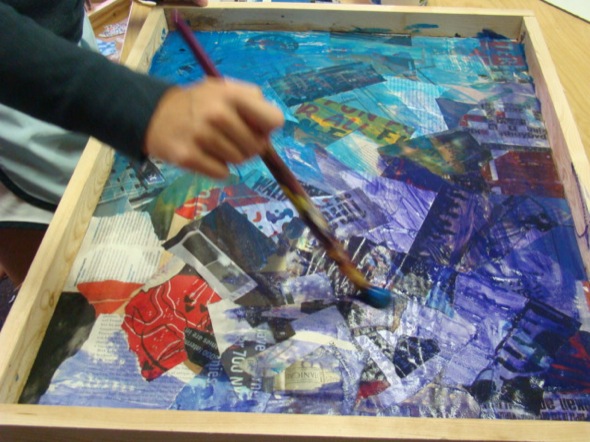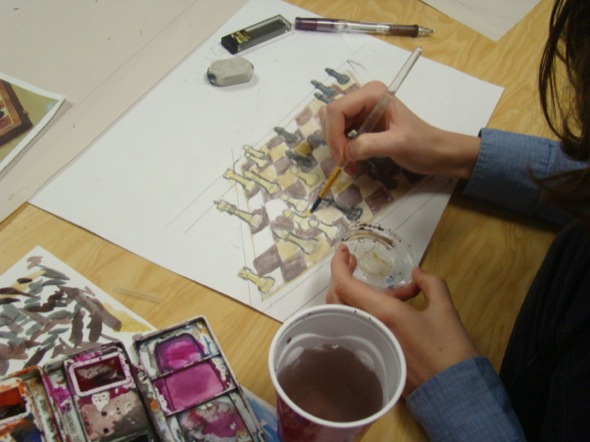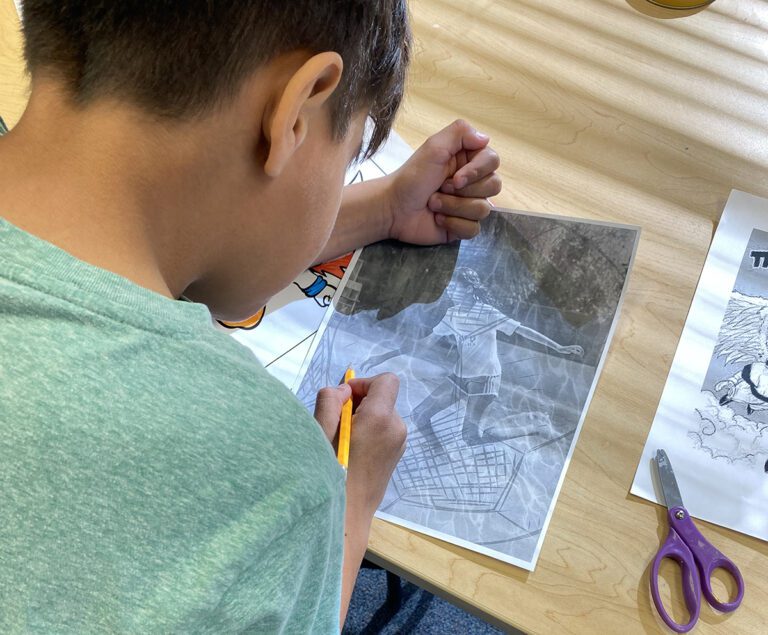You start with a project you’ve given a dozen times before. Whether you originally created the lesson from scratch or borrowed it from someone else, every time you’ve given this project it has been met with success. The supplies are laid out the same way you’ve always done it. The demo has been given before and you know the best way to present the information. Everything should go off without a hitch. Then, regardless of your preparation, the lesson falls apart. This project used to get great results but now the students aren’t producing the outcome you expect. It might be time to toss the project. Here are five tips to help you decide.

1. The students aren’t excited:
While not all art projects are like a dance party in the art room, there should be a certain level of enthusiasm generated by the kids. If they are not excited about it, you won’t get the best results no matter how important the lesson. There are alternative ways to teaching any subject. If the kids are bored, a quick search on Pinterest for an alternate project might be the solution.
2. You’re not excited about it:
Have you ever come across a project that you just couldn’t wait to try with your student? Enthusiasm is contagious. If you’re excited it shows and in turn will rev up your students. The opposite is true as well. Doing the same project over and over can become dull. If you’re not generating any excitement you can’t expect your students to either. Toss that project and find an alternative.

3. The results are less than 80% decent:
Sometimes students are excited about a project but the end results are less than impressive. Perhaps the project wasn’t level appropriate it. If the students are frustrated, they will be dissatisfied with their own art. Very few assignments produce 100 percent perfection. There will always be a few students that miss the objective. However, if you notice that more than 20 percent of the students are doing poorly on a particular project, it’s time for a change.

4. Time spent vs outcome:
Some project produce the intended outcome every time you teach it. The students meet all the requirements and the project is a perfect summative assessment for what was taught. Unfortunately, the project took so long to complete, there isn’t any time left for anything else. Time spent vs outcome is something that each teacher needs to decide for themselves. However, if it is taking a class three week to work on a color wheel, there maybe an alternate project that achieves the same results in half the time.

5. Failure doesn’t always mean good riddance:
Trying a new lesson plan certainly means both you and the students will make mistakes. Not all lessons work the first time and just because a lesson fails does not necessarily mean you should give up on it. Review the lesson plan, writing down what worked well and what did not. If you can make changes that might bring success the next time, try, try again. If you are looking for more ways to turn these moments into ‘teachable ones’ take a look at how Sarah explains abandoning a project to her students.
Chime in: When do you think it’s time to toss a project?
Magazine articles and podcasts are opinions of professional education contributors and do not necessarily represent the position of the Art of Education University (AOEU) or its academic offerings. Contributors use terms in the way they are most often talked about in the scope of their educational experiences.




